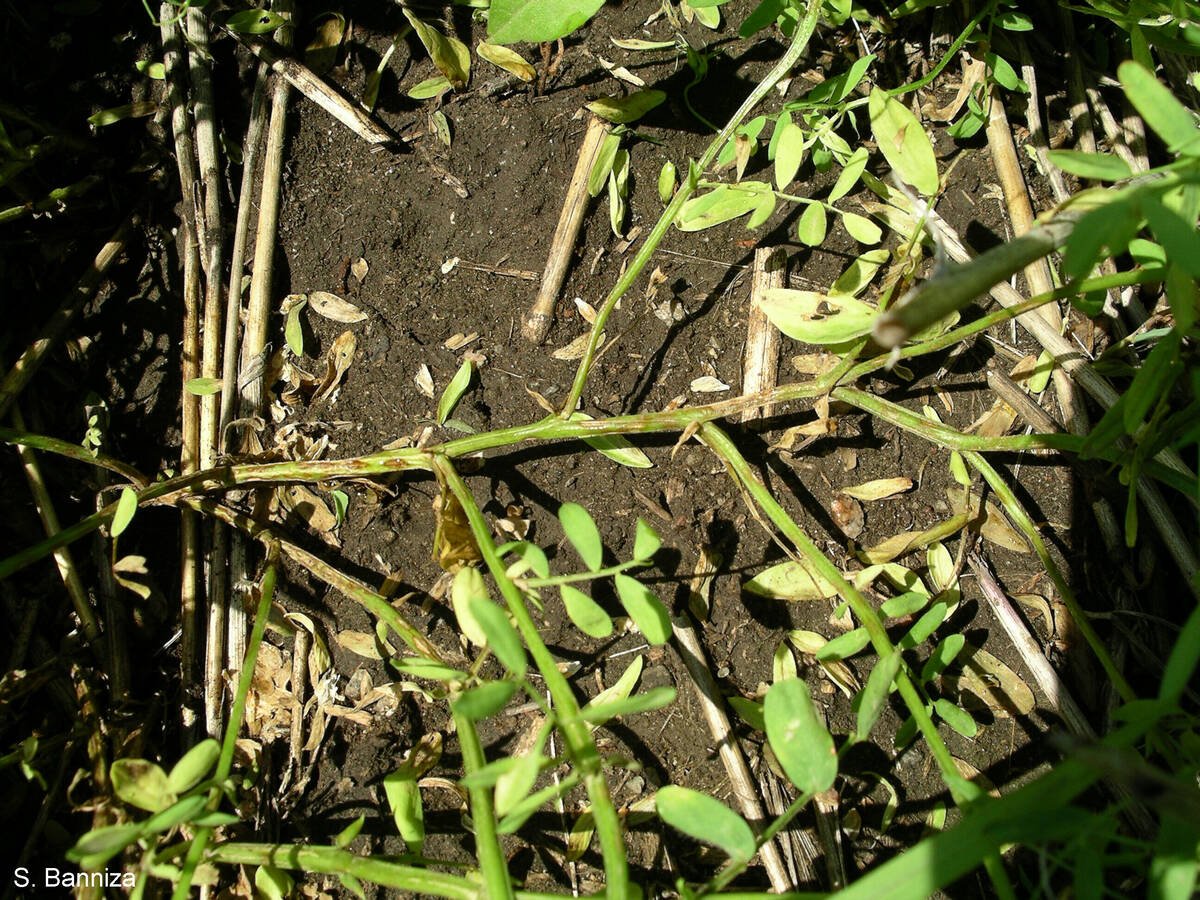Ninety-five percent of Canada Western Red Spring wheat is grading No. 1 this year, compared to only 50 percent last year
Canada’s international wheat marketers are enjoying making their sales calls this year.
“It’s a much better story that we’re telling customers,” said Cam Dahl, Cereals Canada president, after arriving at an airport in South Korea.
“This year is really one of the best crops from a quality perspective that I have ever seen.”
As usual for this time of year, Canadian grain industry representatives, including farmers, are fanning out across the globe to update Canada’s customers on the qualities and quantities of the 2017 crop.
Read Also

Anthracnose resistant lentils within reach
The risk that anthracnose poses to lentils continues to be high priority for the pulse sector.
Kevin Auch, a Carmangay, Alta., farmer who is chair of the Alberta Wheat Commission, said he enjoyed filling people in on this year’s crop compared to the damaged 2016 crop that couldn’t meet some clients’ needs.
“We’re really happy with the uptake,” said Auch, as he waited at the Lima, Peru, airport for a flight to Colombia.
“We can assure them what they’re looking for we can provide.”
This year, 95 percent of Canada Western Red Spring wheat is grading No. 1 or No. 2. Last year, only about 50 percent of it graded that high.
Durum this year is about 75 percent No. 1 while last year only nine percent hit the top grade.
In fact, the biggest challenge this year might be finding Canadian grain for buyers who want lower qualities.
“One was asking for lower quality than what we have,” said Auch, who has also visited Chile on this trip.
In South America, Canadian high quality grain is often used to blend-up lower quality domestic grain or cheap imported grain.
In Asia, most buyers in Japan and South Korea want top quality grain to produce top quality products.
Dahl noted that Asian buyers are becoming increasingly concerned about possible pesticide residues on grain, so growers must ensure they’re not doing anything to jeopardize Canada’s reputation.
“Pesticide residues do come up,” said Dahl.“That’s something we need to pay attention to.”
Glyphosate has become a particular concern for buyers, not because of problems with too-high residues, but because of growing consumer concerns about the chemical.
Buyers also bring up concerns about ochratoxin A, deoxynivalenol (DON), and general pesticide residues.
Canada is not having a particular problem with these crop quality concerns, but is noting the heightened concern from buyers, Dahl said.
Being able to go out to customers overseas with a high quality, relatively abundant crop is a relief to the fears that Dahl and many others expected while crops in some parts of Saskatchewan and Alberta were being scorched by drought this summer.
“If you go back 20, 30 years, if we would have had the same level of drought there would have been no crop,” said Dahl.
“That’s a testament to modern agriculture.”

















